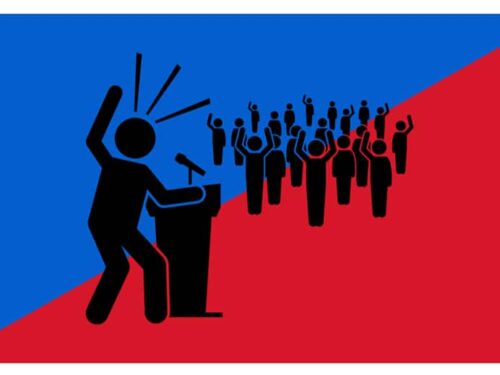
A number of years ago, I was engaged as a mediator to help repair the working relationship of two very senior, educated and accomplished professional service providers who simply couldn’t stand one another. One was convinced that their career advancement had been deliberately stalled by the other who, of course, denied any such action. Apparently, their anger at and resentment for each other had been simmering just below the surface for years.
Eventually, one of them was triggered by the other in front of their mutual client and the subsequent public explosion reverberated throughout the firm. That’s when I got the call from their leadership. “Fix them,” they said to me, “force them to bury the hatchet as quickly as possible.”
Although completely understandable, this fix-it-now response by the firm’s leadership – who are by nature “problem solvers” – was a bit like closing the barn door after the thoroughbreds had gotten out and rampaged through the neighborhood. It was a reactive response to conflict, not pro-active, and the cost of fixing the problem after the explosion far outweighed the money and effort it would have taken to address the resentments in the first place.
Why are we so reactive to conflict? As explained in this excellent article in the Harvard Business Review, the reality is, most of us – including leaders of very large professional service firms – are conflict averse. We tend to avoid and ignore conflict until it smacks us in the face, and even when that happens, our instincts are to run away, insist that people “get over it,” or to bring down a massive command-and-control hammer on the combatants to put an end to the conflict once and for all. These are natural, entirely understandable reactions by leadership. However, unfortunately, they usually don’t work.
As respectful leaders it’s wise for us to accept that because human beings are human beings there will always be some amount of conflict in every workplace. The fact is, as the HBR article outlines, that some conflict – around ideas and strategies – can be very helpful and productive, spurring innovation and better solutions. Some organizations, like those in defense and intelligence, will set up opposition teams specifically designed to poke holes in others’ theories and ideas. They’ll do this following a formal, respectful process and focus on attacking problems, not people.
But, it’s when people get personal and start resenting each other for who they are or their perceived negative intentions, that’s when simmer can boil over, burning everyone around. If this happens – and in 20+ years of doing this work I’ve yet to have a client where it hasn’t – instead of running away, telling people to get over it, or hammering the combatants, the more effective leadership response is to run toward the conflict, separate the combatants and quietly initiate the process of mediation out of sight, in neutral territory while at the same time assuring witnesses that leadership is aware and managing it off-line appropriately.
In a perfect world, leadership will always step in behind the scenes before simmering conflict boils over and nip it in the bud (excuse the mixed metaphors). But, as we all know, that perfect world is very hard to achieve and sustain. So, if conflict does boil over, we need to take a deep breath, hold our reactive responses in check, and engage in the process of mediation.
Mediation is a formal process where actions, intentions, perceptions and resentments are explored within a controlled environment; where combatants are encouraged to work toward understanding, apologies and mutually beneficial outcomes. It is a proven conflict resolution strategy that has a much higher success rate than running away, telling people to put it behind them or hammering the combatants into compliance.
In summary; if you have simmering conflict in your organization, step in quietly and pro-actively manage it. If that conflict boils over, mediate.
Learn more about conflict resolution in Gregg’s latest book, The Respectful Leader: Seven Ways to Influence Without Intimidation.




